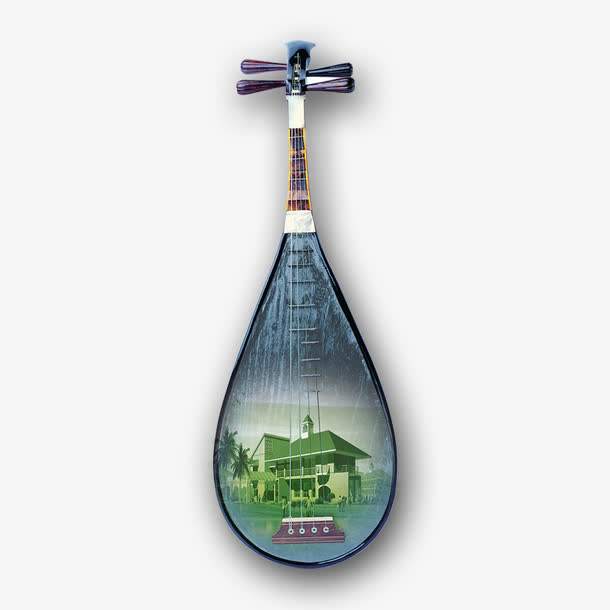Definition and Classification of Pipa Sweeping
The playing techniques of the pipa have become very rich in the inheritance and development of thousands of years. It is mainly divided into two parts: the left hand and the right hand: the right hand includes playing, picking, sweeping, whisking, wheeling, hooking, wiping, tickling, shaking fingers, etc.; , evil, etc., there are a total of fifty or sixty kinds. Today, I will share with you the definition and classification of sweeping.

1. Quick sweep
The so-called jerky sweep refers to sweeping quickly, with penetrating and explosive timbre, which is an indispensable performance skill in major famous songs.
Urgent sweeping can be divided into large sweeping and large sweeping, small sweeping and small sweeping, rolling four strings, clip sweeping
2. Small sweep and small whisk
Small sweep and small whisk refer to the technique of strumming 3 strings to the left with the forefinger and strumming the 3 strings to the right with the big finger. Compared with the big sweep and the big whisk, the sound effect is weak, and it is often used as a prelude to the urgent sweep to promote the development of the story.
3. Roll four strings
Rolling the four strings refers to the rapid sweeping movement of the right hand back and forth.
4. Sweep
There are many changeable forms of clip sweep, which is a combination of sweep and whisk and play and pick. Below I will list one of the most commonly used: clip sweep is composed of four notes with equal duration, the first note draws four strings, Pick a tune for the second tone, a tune for the third, and a tune for the fourth, for a total of four tones. This performance can show a variety of musical fun, such as cheerful, progressive, and so on.
5. Swipe slowly
The so-called slow sweeping means that the sweeping speed is relatively slow, and the index finger passes over the string in turn, like a forest hanging.
6. Lin Hang
When playing, the index finger passes from the winding thread to the sub-string, and the four strings are clearly pronounced successively. For example, the first fingering at the beginning of "Liuyang River" is the use of this technique to express the artistic conception of flowing water.
 渝公网安备 50010702504639号
渝公网安备 50010702504639号